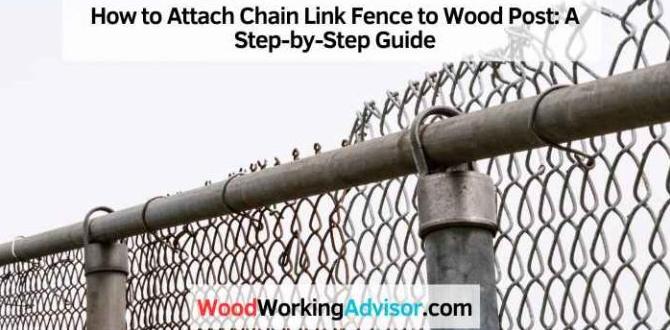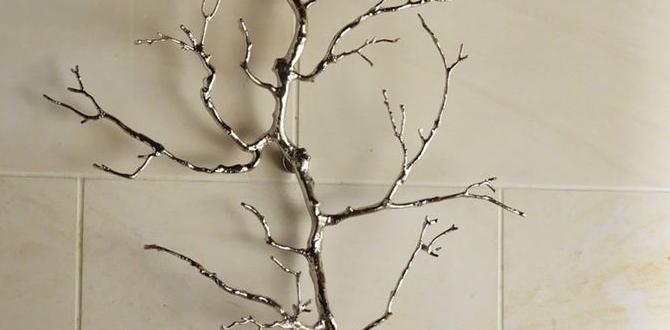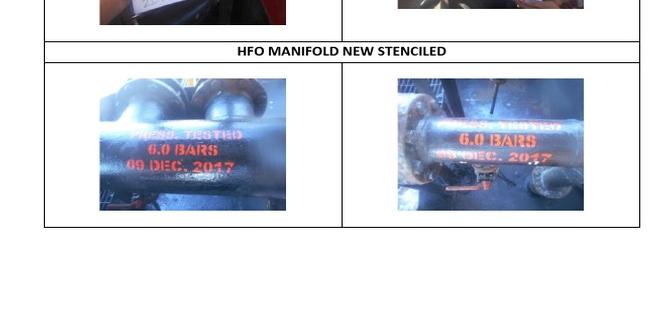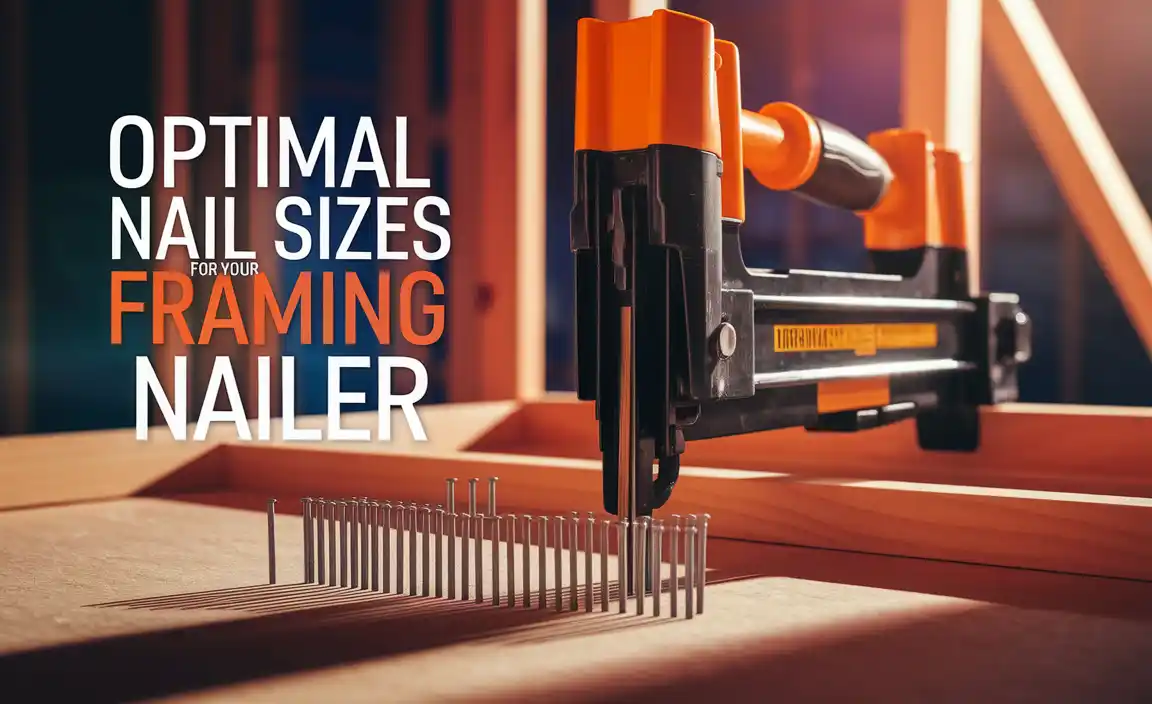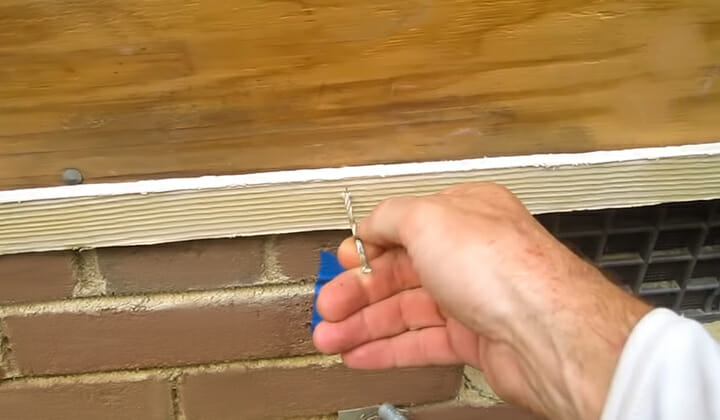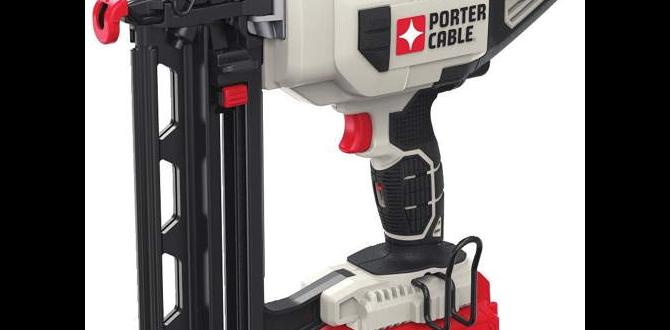Do you love the warmth and beauty of wood flooring? Many people do. But what about engineered wood? It can sound confusing. Are they the same? Or is one better than the other?
Imagine walking into a cozy room with shiny, beautiful floors. It makes you feel at home, doesn’t it? But what if you could have that cozy feel without worrying about scratches or moisture? That’s where the choice between wood flooring and engineered wood comes in.
Surprising fact: Engineered wood can withstand humidity better than traditional wood. This means it’s a favorite for many families.
In this article, we’ll explore wood flooring vs engineered wood. You’ll learn their differences, pros, and cons. By the end, you’ll know which one fits your needs best. Are you ready to find your perfect floor?
Table of Contents
Wood Flooring Vs Engineered: Understanding The Differences
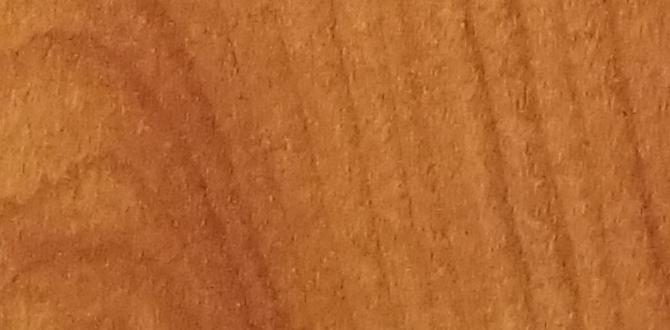
Wood Flooring vs Engineered
Wood flooring is real wood, giving a classic, warm feel to any home. It can be sanded and refinished many times. However, it may warp in humid areas. Engineered wood, on the other hand, consists of layers bonded together. This makes it more stable in damp places and less likely to expand. Fun fact: many people think engineered wood looks fake, but it’s just as beautiful! Which option is right for you depends on your lifestyle and preferences.Types of Wood Flooring
Solid hardwood flooring explained. Advantages and disadvantages of solid wood.Solid hardwood flooring comes from a single piece of wood. This makes it strong and durable. It can last for decades if well taken care of. Plus, solid wood adds a timeless look to any room—think royal vibes! However, it can be affected by moisture and temperature changes, leading to warping. It’s also usually pricier than other types of flooring. In a nutshell, if you want classic charm and can handle a little TLC, solid wood is the way to go!
| Advantages | Disadvantages |
|---|---|
| Durable and long-lasting | Can warp with moisture |
| Timeless beauty | Higher cost |
| Can be refinished | Requires maintenance |
What is Engineered Wood Flooring?
Definition and composition of engineered wood. Benefits of choosing engineered wood.Engineered wood flooring is like the superhero of the flooring world. It’s made from layers. The top layer is real wood, while the layers below are made from plywood or fiberboard. This means it looks great and stays strong! Choosing engineered wood has many perks. It’s less likely to warp and is easier to install. Plus, you can do a DIY project without losing your mind. Think of it as a fashion statement for your floor that also works like a charm!
| Benefits of Engineered Wood | Details |
|---|---|
| Durability | Resists warping and moisture. |
| Cost-Effective | Generally more affordable than solid wood. |
| Easy Installation | Can be installed over many surfaces. |
Comparison of Durability
Hardness and wear resistance of solid vs engineered. Lifespan expectations for both products.When looking at durability, there are important differences between solid wood and engineered wood. Solid wood is strong and can handle heavy use. Engineered wood is still tough but may not last as long. Here’s a quick look:
- Hardness: Solid wood is usually harder and more durable.
- Wear Resistance: Engineered wood may show scratches faster.
- Lifespan: Solid wood can last up to 100 years; engineered wood lasts about 30 years.
Choosing the right option depends on how you use your floors. If you need something long-lasting, solid wood is a great choice!
How long does engineered wood last compared to solid wood?
The lifespan expectations are quite different. Solid wood floors can last 80-100 years, while engineered wood floors typically last around 20-30 years. This makes solid wood a better choice for long-term use.
Price Comparison
Cost analysis of solid hardwood flooring. Price range and factors affecting engineered wood costs.Buying flooring? Let’s talk money! Solid hardwood floors usually cost more. They can range from $8 to $15 per square foot. This price includes wood types, installation, and location. On the flip side, engineered wood has a wider price gap, from $3 to $10 per square foot. The thickness and quality are key factors affecting cost. So, if you want a fancy look and an even fancier price, go for solid hardwood. But if you love saving money, engineered wood will dance right into your wallet!
| Type of Flooring | Price Range (per sq. ft.) |
|---|---|
| Solid Hardwood | $8 – $15 |
| Engineered Wood | $3 – $10 |
Installation Process
Methods for installing solid hardwood. Installation techniques for engineered wood.Installing wood flooring can feel like a fun puzzle. For solid hardwood, the most popular method is the nail-down technique. Just grab some nails and get ready to hammer! On the flip side, engineered wood is easier to install. You can use the click-lock system, which is like fitting together LEGO blocks—no tools required! Want to add some flair? Here’s a quick look at the two methods:
| Wood Type | Installation Method |
|---|---|
| Solid Hardwood | Nail-down |
| Engineered Wood | Click-lock |
Whether you’re hammering or clicking, don’t forget to wear your safety goggles! Happy flooring!
Environmental Impact
Sustainability of sourcing solid hardwood. Ecofriendliness of engineered wood production.Choosing between wood flooring and engineered wood can also affect our planet. Solid hardwood comes from forests, which are important for our air and wildlife. But it takes a lot of trees to make, and we must source them responsibly. On the flip side, engineered wood is often made using leftover materials. This makes it a smarter choice for eco-conscious folks. More trees sleeping in forests means a happier planet!
| Wood Type | Sustainability | Eco-Friendliness |
|---|---|---|
| Solid Hardwood | Depends on responsible sourcing | Less eco-friendly due to tree loss |
| Engineered Wood | Uses leftover materials | More eco-friendly choice |
In short, if we want to keep our green buddies happy—think before you floor! Choosing wisely can help save the trees and give Mother Earth a warm hug.
Maintenance Requirements
Cleaning and care for solid wood floors. Maintenance tips specific to engineered wood flooring.Taking care of solid wood floors is simple. Regular sweeping and occasional mopping keep them clean. Use a gentle cleaner recommended for wood. Avoid water puddles, as they can damage the wood. For engineered wood flooring, follow these tips:
- Use a damp mop instead of soaking it.
- Wipe spills quickly.
- Place rugs in high-traffic areas.
- Keep furniture legs protected with pads.
With proper care, both types can look beautiful for years.
How do I clean wood floors properly?
To clean wood floors, vacuum or sweep regularly. Use a damp mop with a wood-safe cleaner. Avoid excess water to prevent damage.
Aesthetic Considerations
Design styles available in solid wood. Variety of finishes and looks in engineered flooring.Many people love wood flooring for its beautiful designs. Solid wood offers styles like classic oak and rich cherry. These woods can fit many homes. Each type brings a special look. Engineered flooring also shines with its variety. You can choose finishes like smooth or textured. Colors range from light to dark, fitting any style. Aesthetic options help you make your home cozy and stylish.
What styles are available in solid wood?
Solid wood comes in many styles, like oak, maple, and cherry. Each type offers its unique grain and color, bringing warmth to your space.
What finishes and looks does engineered flooring offer?
- Smooth for a sleek finish.
- Textured adds a rustic feel.
- Matte or glossy gives more character.
- Colors range from light beige to deep brown.
Choosing the Right Option for Your Home
Factors to consider based on lifestyle and location. Personal preferences and longterm investment considerations.Picking the best flooring for your home can feel tricky. Think about your life and where you live. If you have kids or pets, choose a durable option. If you live in a damp area, engineered wood might be better. Consider your style too. Do you want something classic or modern? Finally, look at the cost. Solid wood can be a good long-term investment, while engineered wood is often cheaper and easier to install.
What should I think about when choosing wood flooring?
Consider your lifestyle, location, and personal taste. Choose a style that fits your home and life. A good floor lasts long, so think about your budget.
Conclusion
In summary, wood flooring is solid and durable but can be expensive. Engineered flooring is more affordable and easier to install. Both options have their benefits. You should consider your budget and lifestyle when choosing. If you’re still unsure, check out more articles or visit a store to see both types in person!FAQs
Sure! Here Are Five Questions Related To The Topic Of Wood Flooring Vs. Engineered Flooring:Sure! Here are the answers for you: 1. Wood flooring is made from solid pieces of wood. It looks beautiful and feels warm underfoot. 2. Engineered flooring has a thin layer of wood on top and other material underneath. It’s usually cheaper and more stable. 3. Wood flooring can be sanded down and refinished many times. This helps it last longer and look nice again. 4. Engineered flooring can handle moisture better. This makes it a good choice for places like kitchens and basements. 5. Both types of flooring can look great! It depends on what you like and where you are putting it.
Sure! Just give me the question you want me to answer, and I’ll provide a short and simple response.
What Are The Main Differences In Construction Between Solid Hardwood Flooring And Engineered Wood Flooring?Solid hardwood flooring is made from one piece of real wood. It feels warm and looks natural. Engineered wood flooring, on the other hand, has layers. The top layer is real wood, but the bottom layers are made of other materials. This makes engineered wood stronger and better for places with humidity.
Which Type Of Flooring, Wood Or Engineered, Provides Better Moisture Resistance For Areas Prone To Humidity?Engineered wood flooring is better for places with a lot of humidity. It’s made with layers that help it resist moisture. Regular wood can warp or get damaged when it’s wet. So, if you have a humid area, go for engineered wood!
How Does The Cost Of Installation And Maintenance Compare Between Solid Wood Flooring And Engineered Flooring?Installing solid wood flooring usually costs more than engineered flooring. Solid wood needs more time and skill to put in place. For maintenance, solid wood can be harder to take care of because it can scratch easily. Engineered flooring is usually cheaper to fix and can handle moisture better. So, you might save money with engineered flooring overall.
What Are The Aesthetic Advantages Of Choosing Solid Wood Flooring Over Engineered Wood Flooring?Solid wood flooring looks beautiful and has a natural charm. The grain patterns are unique, making each piece special. It often feels warmer and cozier underfoot. You can also refinish it many times, keeping it looking fresh. In the end, solid wood adds a classic touch to your home.
In Terms Of Sustainability And Environmental Impact, How Do Wood Flooring And Engineered Flooring Differ?Wood flooring comes from real trees, so it can be more sustainable if the trees are cut down responsibly. When we use engineered flooring, it uses less hardwood and often made from leftover wood pieces. This can be a good way to save trees. However, some engineered wood has glue that can hurt the environment. We should choose flooring that helps the Earth.
{“@context”:”https://schema.org”,”@type”: “FAQPage”,”mainEntity”:[{“@type”: “Question”,”name”: “Sure! Here Are Five Questions Related To The Topic Of Wood Flooring Vs. Engineered Flooring:”,”acceptedAnswer”: {“@type”: “Answer”,”text”: “Sure! Here are the answers for you: 1. Wood flooring is made from solid pieces of wood. It looks beautiful and feels warm underfoot. 2. Engineered flooring has a thin layer of wood on top and other material underneath. It’s usually cheaper and more stable. 3. Wood flooring can be sanded down and refinished many times. This helps it last longer and look nice again. 4. Engineered flooring can handle moisture better. This makes it a good choice for places like kitchens and basements. 5. Both types of flooring can look great! It depends on what you like and where you are putting it.”}},{“@type”: “Question”,”name”: “”,”acceptedAnswer”: {“@type”: “Answer”,”text”: “Sure! Just give me the question you want me to answer, and I’ll provide a short and simple response.”}},{“@type”: “Question”,”name”: “What Are The Main Differences In Construction Between Solid Hardwood Flooring And Engineered Wood Flooring?”,”acceptedAnswer”: {“@type”: “Answer”,”text”: “Solid hardwood flooring is made from one piece of real wood. It feels warm and looks natural. Engineered wood flooring, on the other hand, has layers. The top layer is real wood, but the bottom layers are made of other materials. This makes engineered wood stronger and better for places with humidity.”}},{“@type”: “Question”,”name”: “Which Type Of Flooring, Wood Or Engineered, Provides Better Moisture Resistance For Areas Prone To Humidity?”,”acceptedAnswer”: {“@type”: “Answer”,”text”: “Engineered wood flooring is better for places with a lot of humidity. It’s made with layers that help it resist moisture. Regular wood can warp or get damaged when it’s wet. So, if you have a humid area, go for engineered wood!”}},{“@type”: “Question”,”name”: “How Does The Cost Of Installation And Maintenance Compare Between Solid Wood Flooring And Engineered Flooring?”,”acceptedAnswer”: {“@type”: “Answer”,”text”: “Installing solid wood flooring usually costs more than engineered flooring. Solid wood needs more time and skill to put in place. For maintenance, solid wood can be harder to take care of because it can scratch easily. Engineered flooring is usually cheaper to fix and can handle moisture better. So, you might save money with engineered flooring overall.”}},{“@type”: “Question”,”name”: “What Are The Aesthetic Advantages Of Choosing Solid Wood Flooring Over Engineered Wood Flooring?”,”acceptedAnswer”: {“@type”: “Answer”,”text”: “Solid wood flooring looks beautiful and has a natural charm. The grain patterns are unique, making each piece special. It often feels warmer and cozier underfoot. You can also refinish it many times, keeping it looking fresh. In the end, solid wood adds a classic touch to your home. “}},{“@type”: “Question”,”name”: “In Terms Of Sustainability And Environmental Impact, How Do Wood Flooring And Engineered Flooring Differ?”,”acceptedAnswer”: {“@type”: “Answer”,”text”: “Wood flooring comes from real trees, so it can be more sustainable if the trees are cut down responsibly. When we use engineered flooring, it uses less hardwood and often made from leftover wood pieces. This can be a good way to save trees. However, some engineered wood has glue that can hurt the environment. We should choose flooring that helps the Earth.”}}]}
